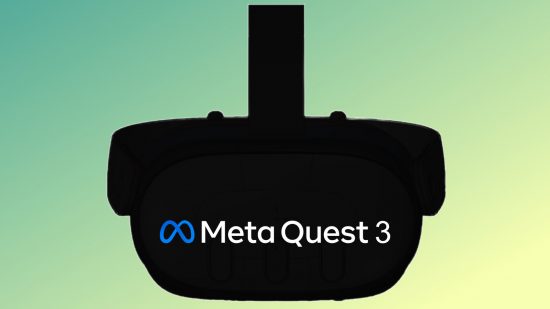It’s only a matter of time before the Meta Quest 3 graces shelves to carry the Oculus legacy forward, and we might’ve just received our first look at the VR headset – well, sort of. Leaked blueprints show us what we might expect from the anticipated device, which is said to target the affordable mixed reality market by marrying some of the more premium features of the upcoming Project Cambria with the existing Quest 2.
YouTuber Brad Lynch previously showcased Oculus Quest Pro (codenamed Project Cambria) schematics that were seemingly confirmed when someone found the device lying around in a hotel room. Now, the content creator has got their hands on CAD images of the Meta Quest 3 – which is reportedly codenamed Stinson, but you might still call it the Oculus Quest 3 instead. Yeah, we get lost in the names too.
They note the return of the soft strap from the Quest 2, which raises concerns about the Quest 3’s comfort and weight distribution since the battery is front-mounted. There’s a chance that the straps will be upgradable compared to the unibody design of more professional Quest models, but the side placement of the USB Type-C port and audio jack means it might not be backwards compatible with current straps.

The rear angle shows that the headset is likely to run the same pancake lenses as the Pro, which are themselves similar to the lenses on the Pico 4 albeit possibly a bit smaller. There’s also an IPD wheel for separation adjustment, two cameras on the side for tracking, and a four-camera array complete with a depth sensor on the front for mixed reality.
Surprisingly, the Quest 3 doesn’t seem to feature face or eye tracking in these blueprints, which Lynch says might be a cost-cutting measure. Since this follows in the footsteps of its predecessor as the flagship consumer device, it’s possible that it won’t have a big focus on social experiences like the Metaverse and will instead keep its sights set on becoming the best VR headset for gaming.
Lynch also expects that the device will be powered by the Qualcomm XR2 Gen 2 chip, which carries a a not-so-subtle nod to Ready Player One in its codename: Project Halliday. It might also feature different tiers of storage and memory, scaling up to a 512GB SSD and 12GB of RAM. Of course, even if these CAD designs are real, there’s enough time between now and the official launch that specs can change. As always, take these details with a healthy pinch of salt until we find out more.
